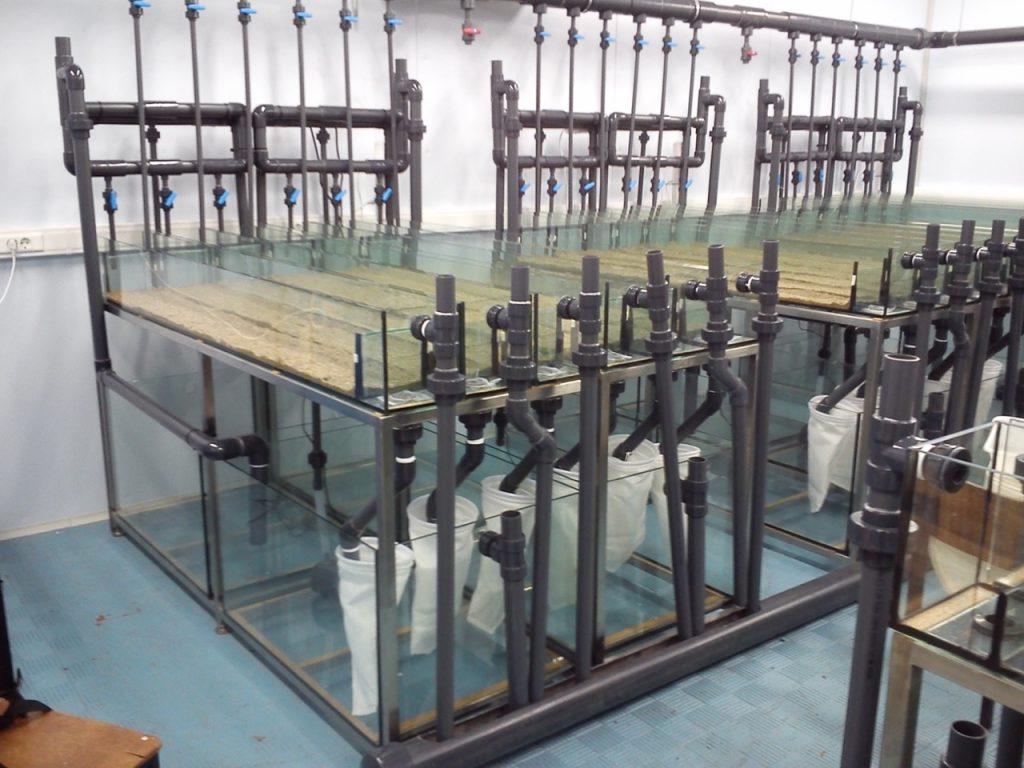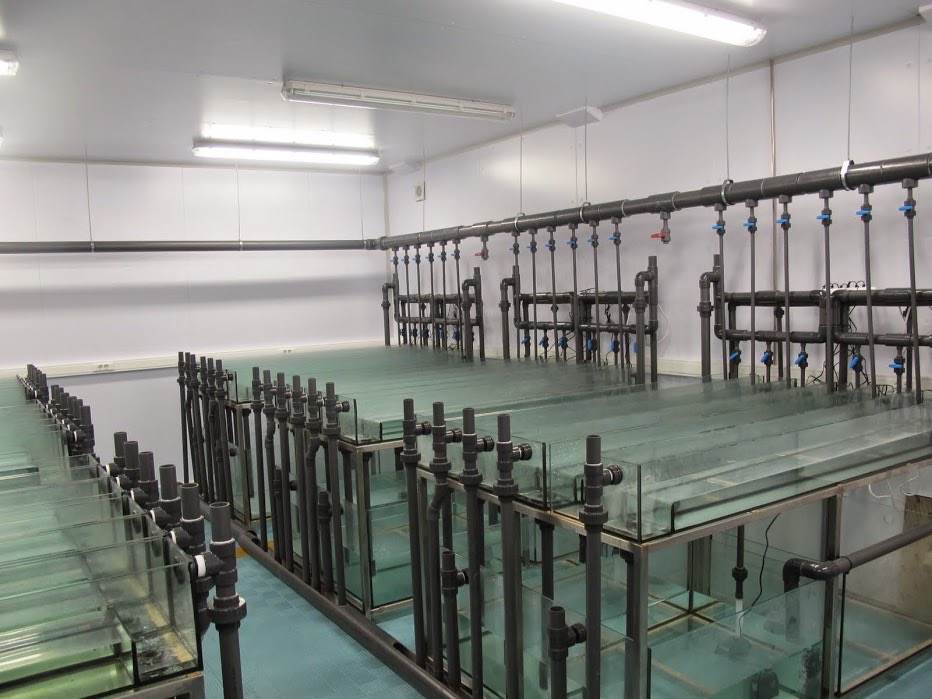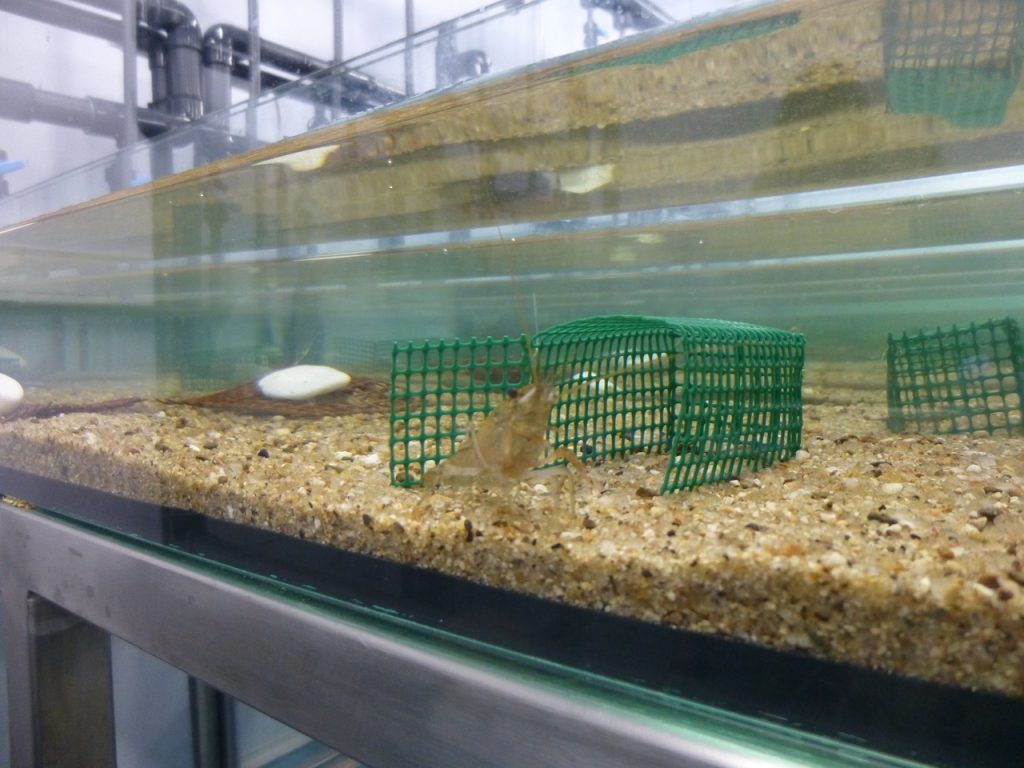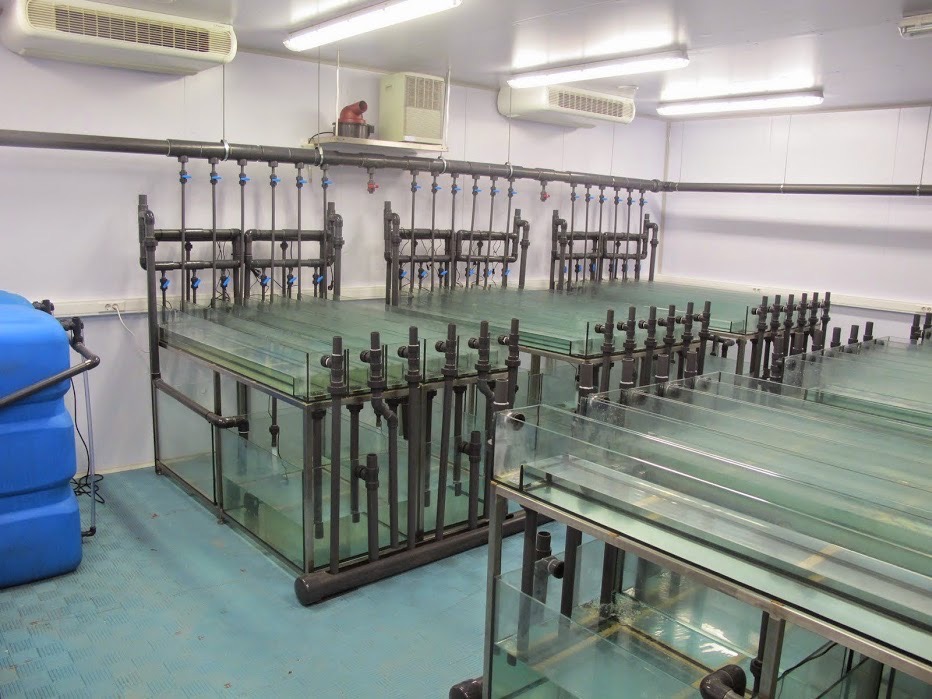Research support vehicles
CESAM has two research support vehicles, Toyota Hilux model, with two and five seats.
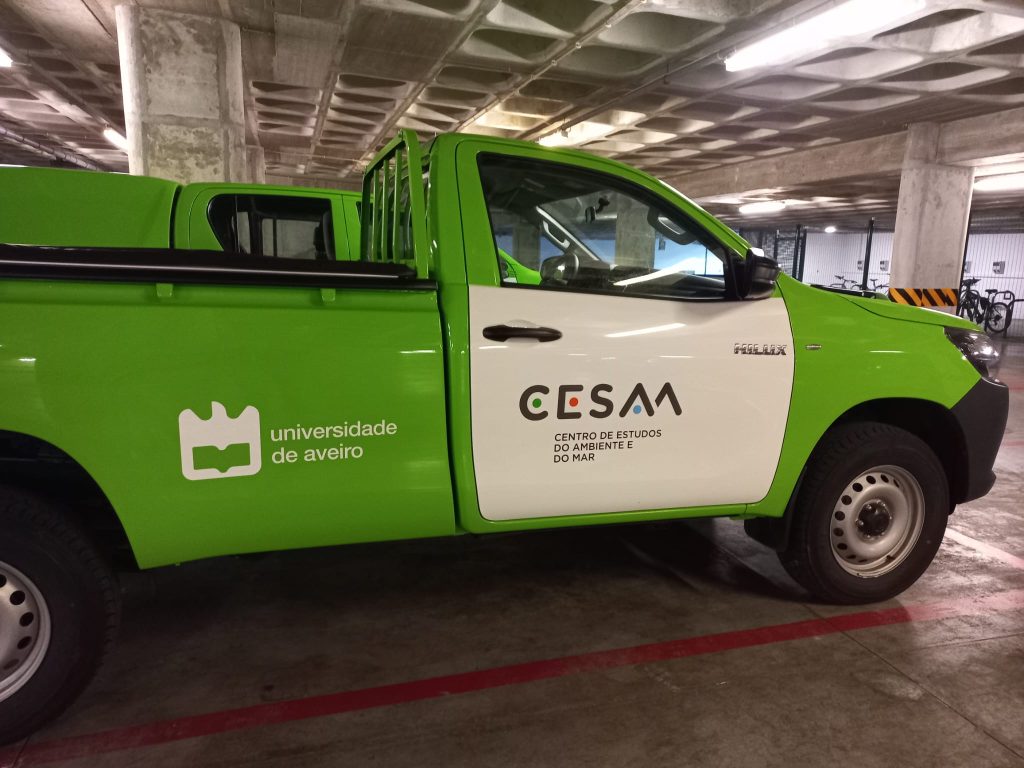
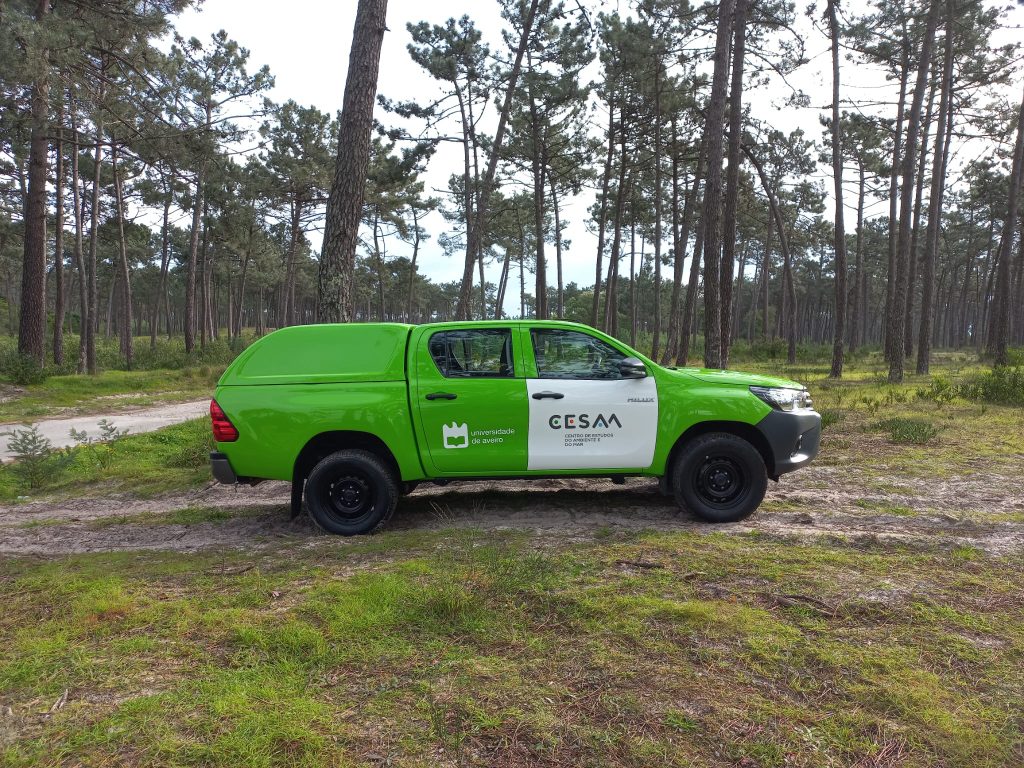
To request the use of the support vehicles, click here.
NEREIDE scientific research vessel, 9.5 m long and 3 m beam, with capacity for 8 people
The vessel is equipped with a hydraulic crane for handling instruments on board, capable of lifting/lowering loads up to 300 kg and rotating approximately 350º. The winch is equipped with 300 meters of steel cable and a cable payout counting system, allowing for the lowering/raising of CTD-type probes and similar equipment to a maximum depth of 200 meters at a speed of approximately 1 m/s.
The vessel is permanently equipped with a self-contained single-phase electrical power generator, providing a minimum autonomy of 3 hours and supplying about 7.0 kW of power.
This vessel is equipped with oceanographic, geophysical, and hydrographic instrumentation capable of providing data of a multidisciplinary and transdisciplinary nature.
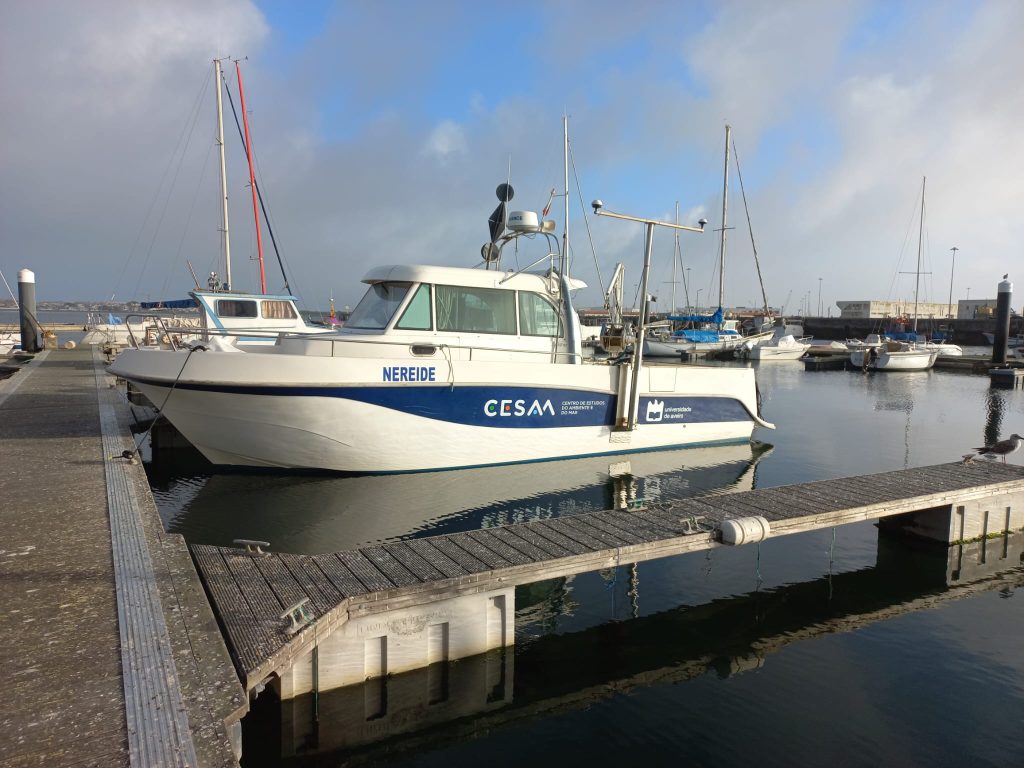
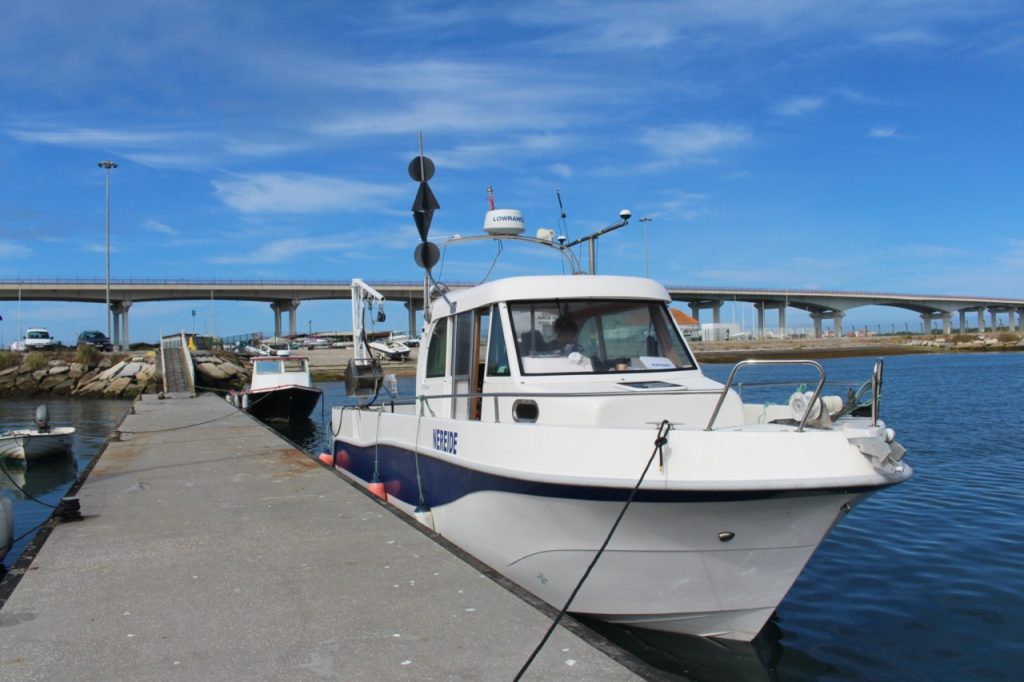
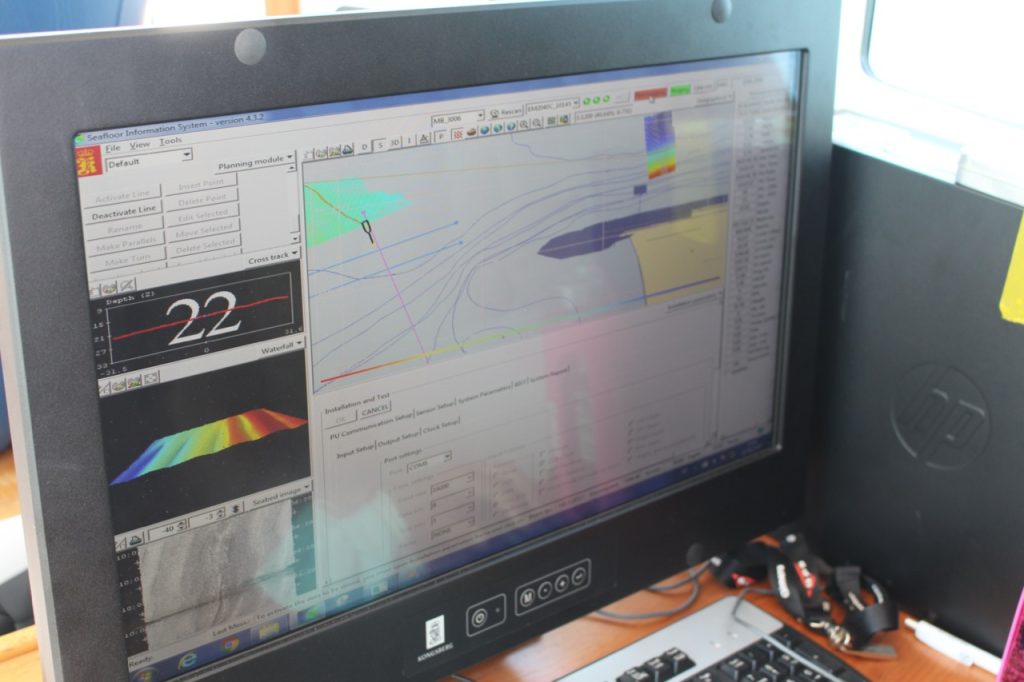
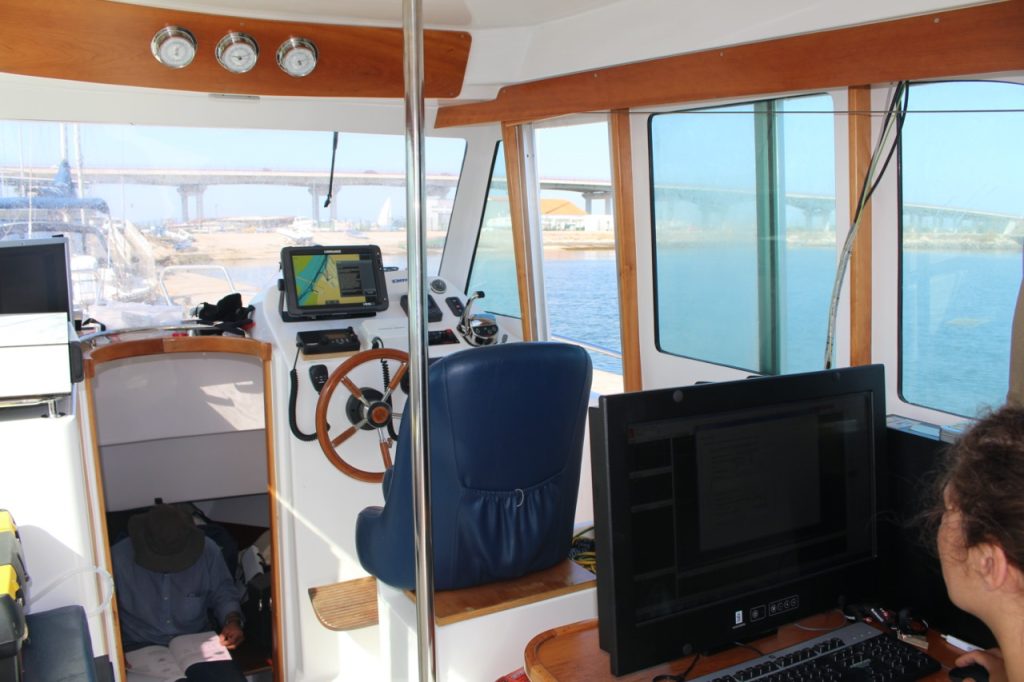
The procedure for requesting use of the vessel can be consulted here.
LABORATORIES
CESAM has 2 laboratories in addition to the infrastructures associated to the departments of the Universities:
- Laboratory 3rd floor of building III, University of Aveiro
- Laboratory building 37, University of Aveiro
The laboratory facilities have all the required equipment to perform research in the areas of physical oceanography, marine geology, meteorology, hydrology, analytical and environmental chemistry, atmospheric pollution, genomics, toxicology, ecotoxicology, biodiversity, ecology and environmental planning and management.
The procedure for requesting access to the laboratory facilities can be consulted here.
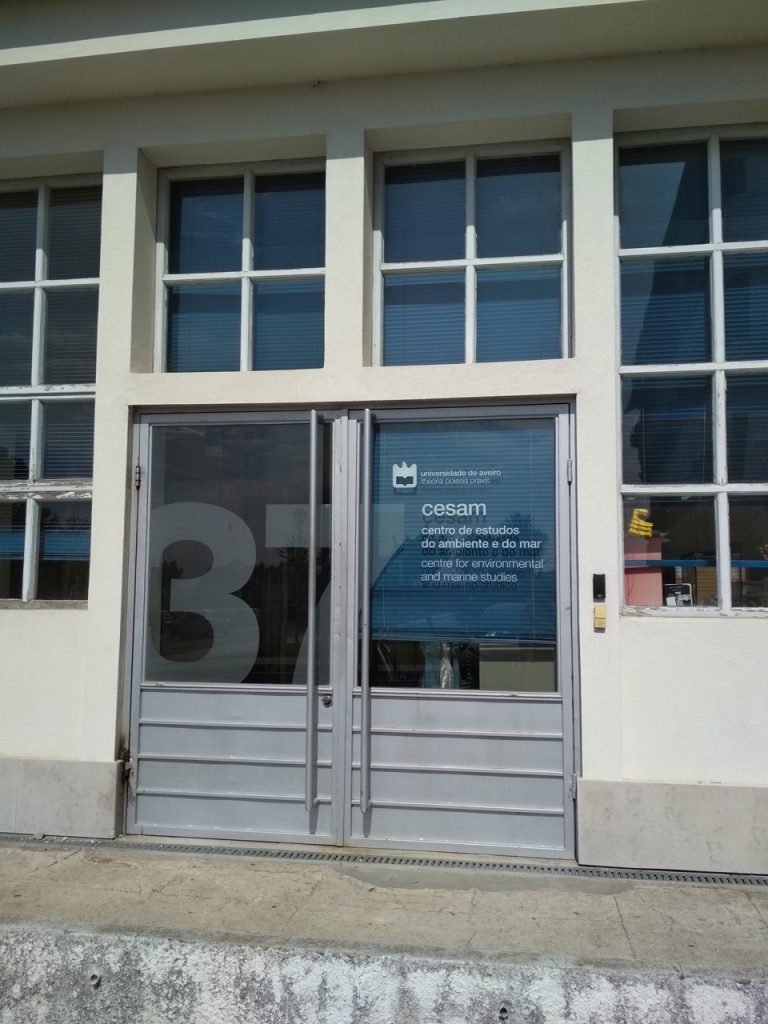
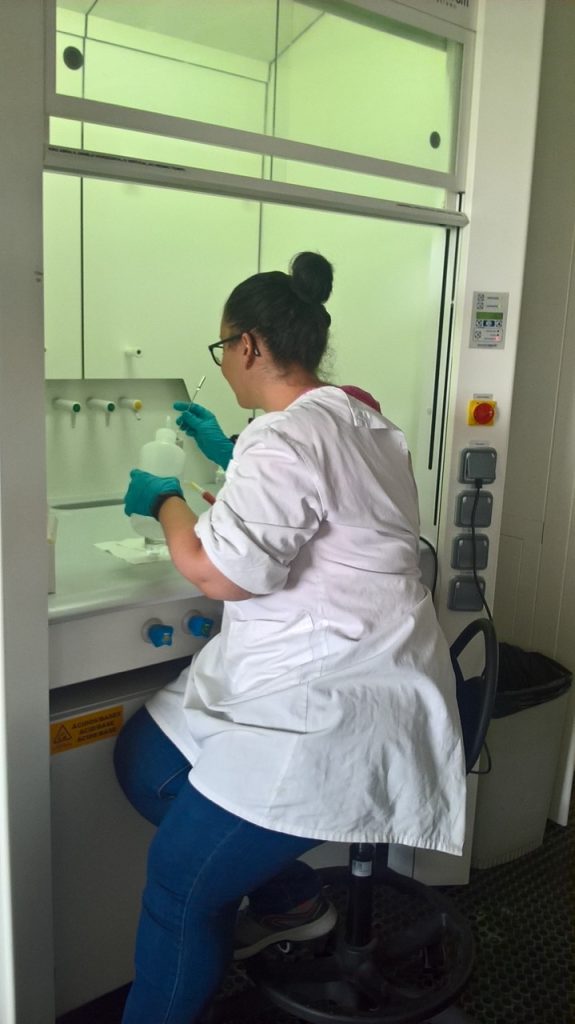
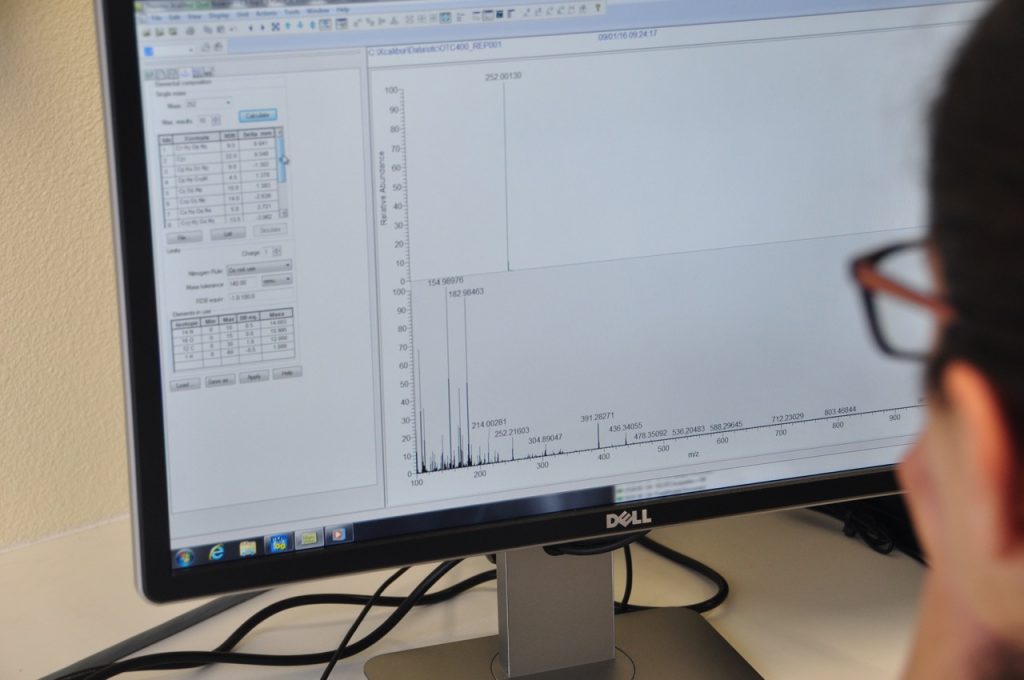
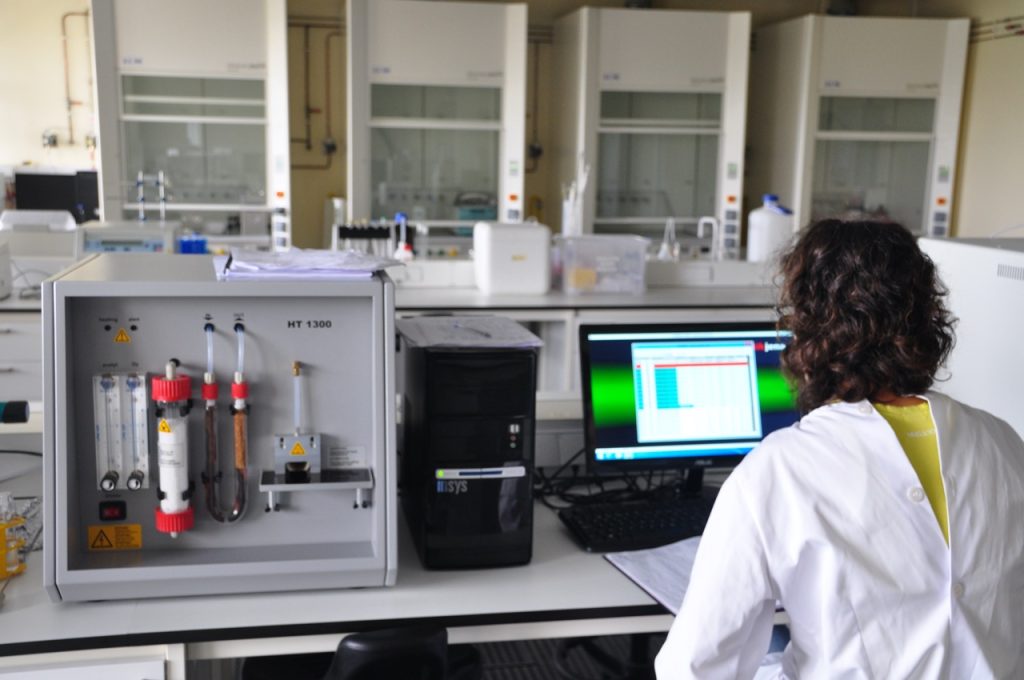
AQUATIC MESOCOSM FACILITY
This mesocosm system allows for versatile experimental manipulation of environmental parameters (chemical and physical) and ecological scenarios that can impact aquatic communities and ecosystem functioning. The system comprises 36 channels and was developed to enable researchers to work with a wide range of configurations and study specific issues. Each modular system consists of 3 glass channels (0.225 m x 2.000 m x 0.200 m, Length x Width x Height), supporting a maximum functional volume of approximately 80 L, and is designed to be used with or without sediment. The system can operate in a total or partial recirculation mode: the tanks are connected to a common filtration pump (0.500 m x 0.900 m x 0.630 m, Length x Width x Height) that can handle a maximum of 280 L of water. The system’s design allows for the use of different types of pollutants, control of abiotic factors (water and air temperature, flow, water chemistry, nutrition, photoperiod, light intensity, etc.), and the use of statistically robust experimental designs (replication) for research in the ecology and ecotoxicology of communities.
